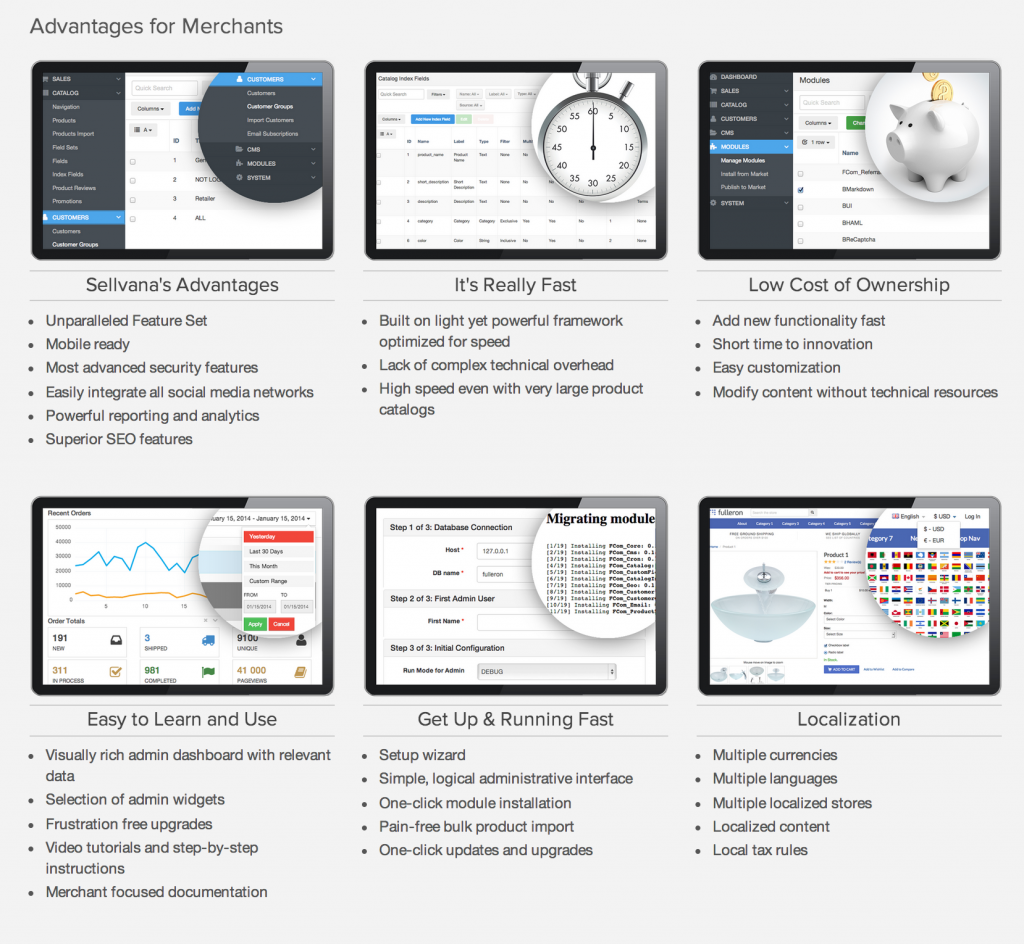PHPNG – future of PHP
is a new branch of PHP development. It aims to bring better memory usage efficiency and performance. PHPNG is focused on PHP’s VM Zend Engine. PHPNG aims to provide the maximum performance for current applications by rebuilding internal structures of PHP. Existing structure leads to the next time expenditures: 20% of time are used for tasks of memory manager, 10% – for hash tables, 30% – for call internal functions and only 30% – for execution in virtual machine. PHPNG can do a 10-30% execution speed improvement by changing this structure. Also it leads to some memory savings.

 The first business-oriented certification program by Magento was announced! This great event took place at Imagine Conference, and now everyone can try his or her best in The . Being a Magento Certified Solution Specialist (MCSS) gives you a status of an expert user of Magento platform. This also means that you can reach different business goals with Magento, optimize it and avoid unnecessary problems. Your MCSS status will always speak for itself. As a result you will increase your value and income, gain additional knowledge and get the right to use Magento Certification logo on your Resume or CV.
The first business-oriented certification program by Magento was announced! This great event took place at Imagine Conference, and now everyone can try his or her best in The . Being a Magento Certified Solution Specialist (MCSS) gives you a status of an expert user of Magento platform. This also means that you can reach different business goals with Magento, optimize it and avoid unnecessary problems. Your MCSS status will always speak for itself. As a result you will increase your value and income, gain additional knowledge and get the right to use Magento Certification logo on your Resume or CV.

 PrestaShop is a free and open source solution for e-commerce stores. Among its supported payment gateways are DirecPay, Authorize.Net, Google Checkout, Skrill and, of course, PayPal. The system contains over 250 features and more than 1000 add-ons for different areas of activity. The main features of PrestaShop are:
PrestaShop is a free and open source solution for e-commerce stores. Among its supported payment gateways are DirecPay, Authorize.Net, Google Checkout, Skrill and, of course, PayPal. The system contains over 250 features and more than 1000 add-ons for different areas of activity. The main features of PrestaShop are: UPD (16.04.2014): A brand new marketplace is coming soon
UPD (16.04.2014): A brand new marketplace is coming soon

